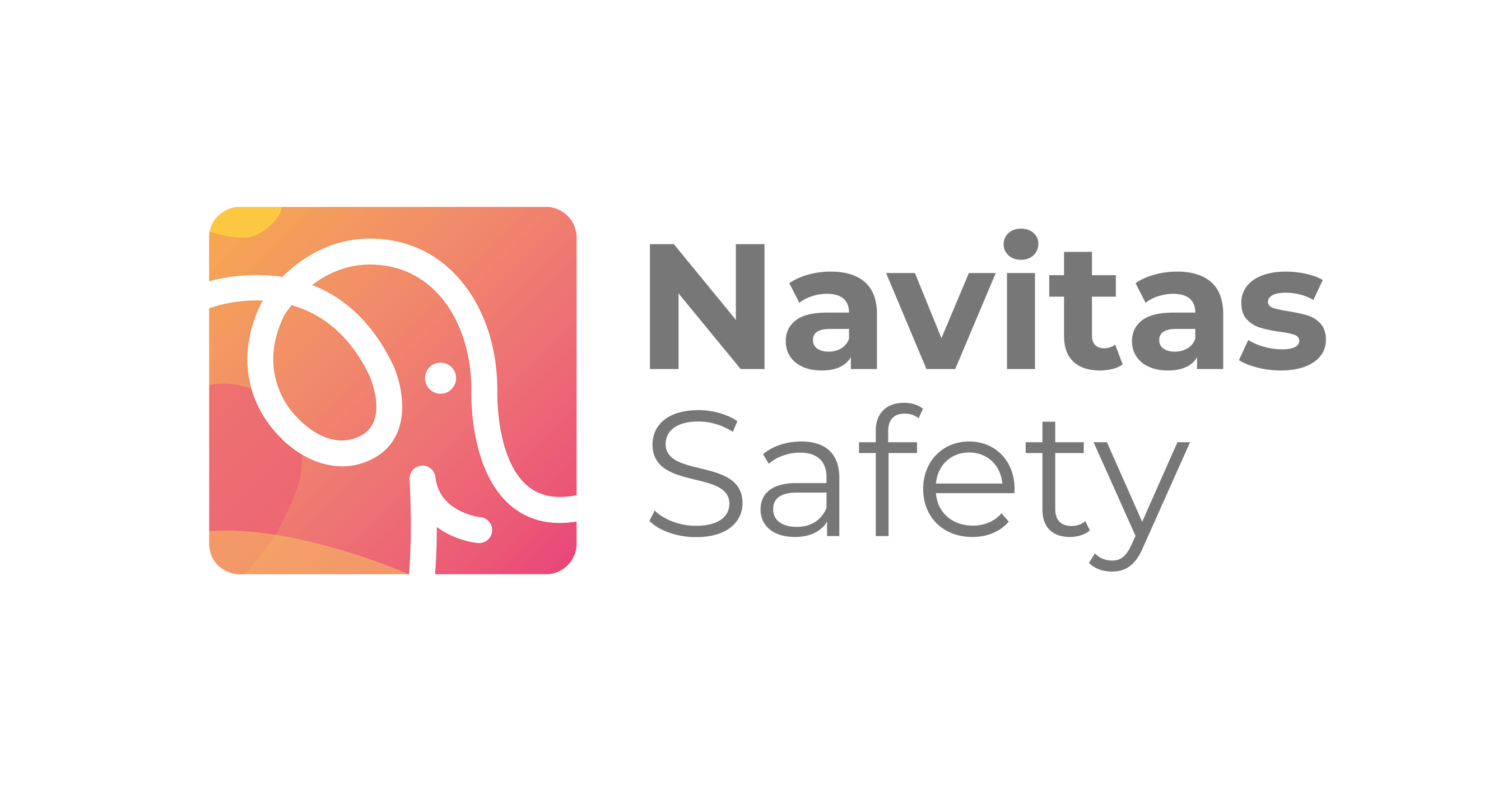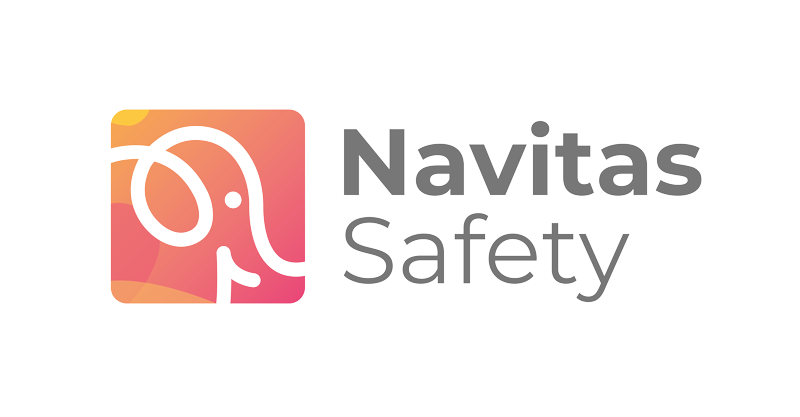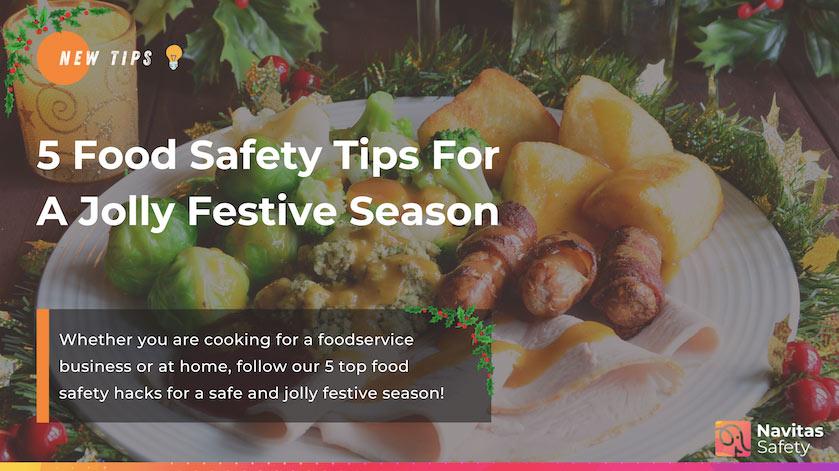December: What a month full of festivities! And with festive food and hungry guests comes loads of safety traps not to fall into! Indeed, it’s easy to get distracted by festive decorations, cheerful guests and all the party food to prepare. So, whether you are cooking for a care home, restaurant, hospital, Christmas market food truck or at home, follow these 5 food safety tips for a safe and jolly festive season.
1. Rockin’ around the Christmas food checklist
Enjoy a stress-free festive season with safety checklists
This time of the year involves many things to prepare along with hungry guests impatiently waiting for delicious food to warm them up. While this is a cheerful season it is important to remain prepared by following food safety procedures and create jolly festive memories! That’s why checklists are so essential. In addition to your food shop checklist, create a food safety checklist reminding you all the guidelines to follow. Create one dedicated to food preparation guidelines and another one focusing on serving food safely. Tick them all as you go and that’s the key to a happy, food poisoning-free festive experience!
Did you know that our food safety software lets you create any checklist from scratch?
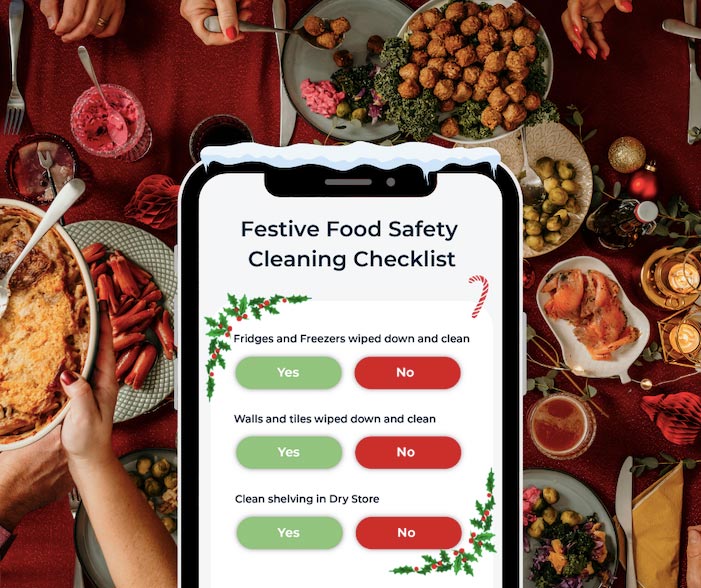
2. It’s the most wonderfully messy time of the year
Meticulously prepare your premises (kitchen & dining areas)
It is a very busy time of the year for professional and at-home chefs! So it is easy to get distracted. We recommend you spend some time carefully preparing your premises. First, your kitchen and food preparation area. It should be sparkling clean with – ideally – a dedicated area to manipulate raw foods. Also, ensure your fridges and freezers are at optimal temperatures (0-4ºC for fridges and -18ºC or colder for freezers).
In addition, avoid overfilling fridges. If that’s the case, organise and take out some items that don’t need to be in a fridge. Finally, have a glance at the layout of your dining room. Make sure there’s no garland, tinsel or cable creating a hazard for guests. Same thing with any candles or flammable decoration near a fire: Remove any item likely to catch fire! Here are some extra tips to run a proper fire risk assessment.
3. All I want for Christmas is no food poisoning
Separate raw from ready-to-eat food to prevent contamination
Festive meals include a lot of raw products. Namely from meats (turkey, chicken, bacon) and fish (hello smoked salmon canapés!) but also from eggnog and other festive treats with nuts and dairy products. Raw food can contain dangerous bacteria such as Salmonella, Listeria, E.coli and more. While there’s a lot to think about, it’s all about being organised so make sure you have a proper preparation safety checklist. In addition you could use coloured labels or stickers to differentiate raw from ready-to-eat foods. Here are the main safety rules for a smooth festive meal:
- Create a safety checklist to remain organised and safe
- Do not wash your raw meat in the sink
- Always store raw meat or fish on the bottom shelf to prevent leaks on other foods
- Prepare raw food with specific utensils and chopping boards
- Thoroughly disinfect any item, utensil and surface that was in contact with raw food
- Wash your hands for more than 20 seconds before moving to other tasks
4. Chef, it’s cold outside… and inside?
Strictly follow cooking safety guidelines to avoid contamination
No one wants bad food poisoning from the pigs in blankets or Christmas turkey. Each food requires a specific cooking temperature before being served. If cooking from frozen, be even more careful. Indeed, don’t fall in the trap of thinking that crispy outside means fully cooked inside! In fact, we recommend that you use a Smart Probe as it allows you to easily check food temperatures with built-in safety guidelines for each dish. Just in case you have a doubt when it gets all overwhelming!
- Your main roast turkey/chicken should reach a temperature of 70ºC in the thickest part of the thigh.
- Ensure your fridge is set at a temperature between 0º and 4ºC to keep everything fresh, especially dairy, shellfish and smoked salmon for your canapés.
We’d recommend adding a Smart Pod in your fridge(s) and freezer(s). The festive season means full fridges with a lot of food in and out. The pods conveniently monitor temperatures 24/7 with automatic checks every 30 minutes. That’s less admin chores for you and more peace of mind while cooking delicious festive food.
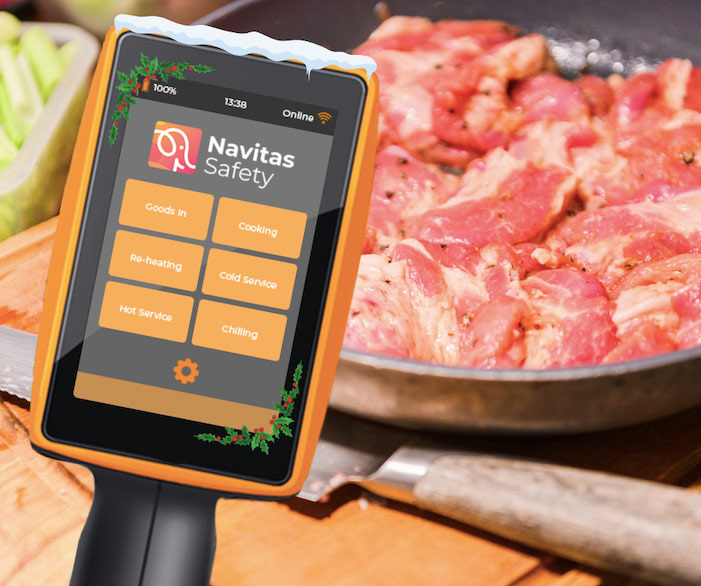
5. Underneath the allergen tree
Trace all allergens in your festive menus
We find so many allergens in our festive menus. As a quick reminder, here are the core allergens: Celery, gluten, crustaceans, eggs, fish, lupin, milk, molluscs, mustard, peanuts, sesame, soybeans, sulphur dioxide & sulphites and tree nuts (e.g. almonds). Here’s what to look for:
- Christmas pudding: Gluten (flour), dairy (butter), nuts, egg
- Nut roast: Gluten, nuts
- Mince pies: Gluten (flour), egg, dairy (butter)
- Pigs in blankets: Gluten (sometimes in sausages containing rusk)
- Mashed potatoes: Dairy (milk, butter)
- Eggnog: egg, dairy (milk, cream)
- Yule log: Gluten, dairy, egg, nuts
- Plus the cheeseboard (dairy & celery)
- And the wine! (Oh dear, sulfites!)
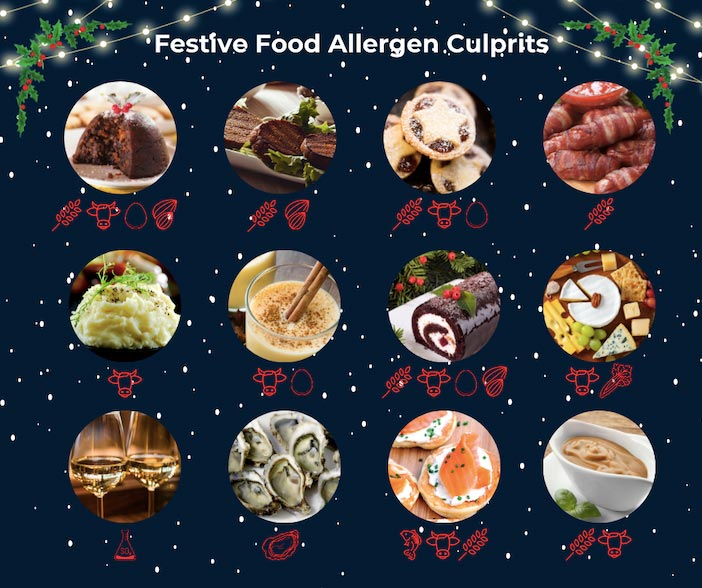
Allergic reactions can be severe, sometimes leading to death. So, in addition to clearly labelling every single dish you make to trace allergens, you should have safety practices in place during food preparation. For example, don’t prep your potatoes on the same chopping board that was used for your mince pies full of gluten! And for the safety of everyone, don’t skip the allergen labels on your menus or dishes if you opt for buffet-style!
Did you know that we have some clever software tracing allergens from supplier to service?
The Navitas Safety team wishes you all a safe and merry festive season!🎄
Get in touch with us to discuss any need you may have to keep your foodservice business safe this year and all the way into 2023!
